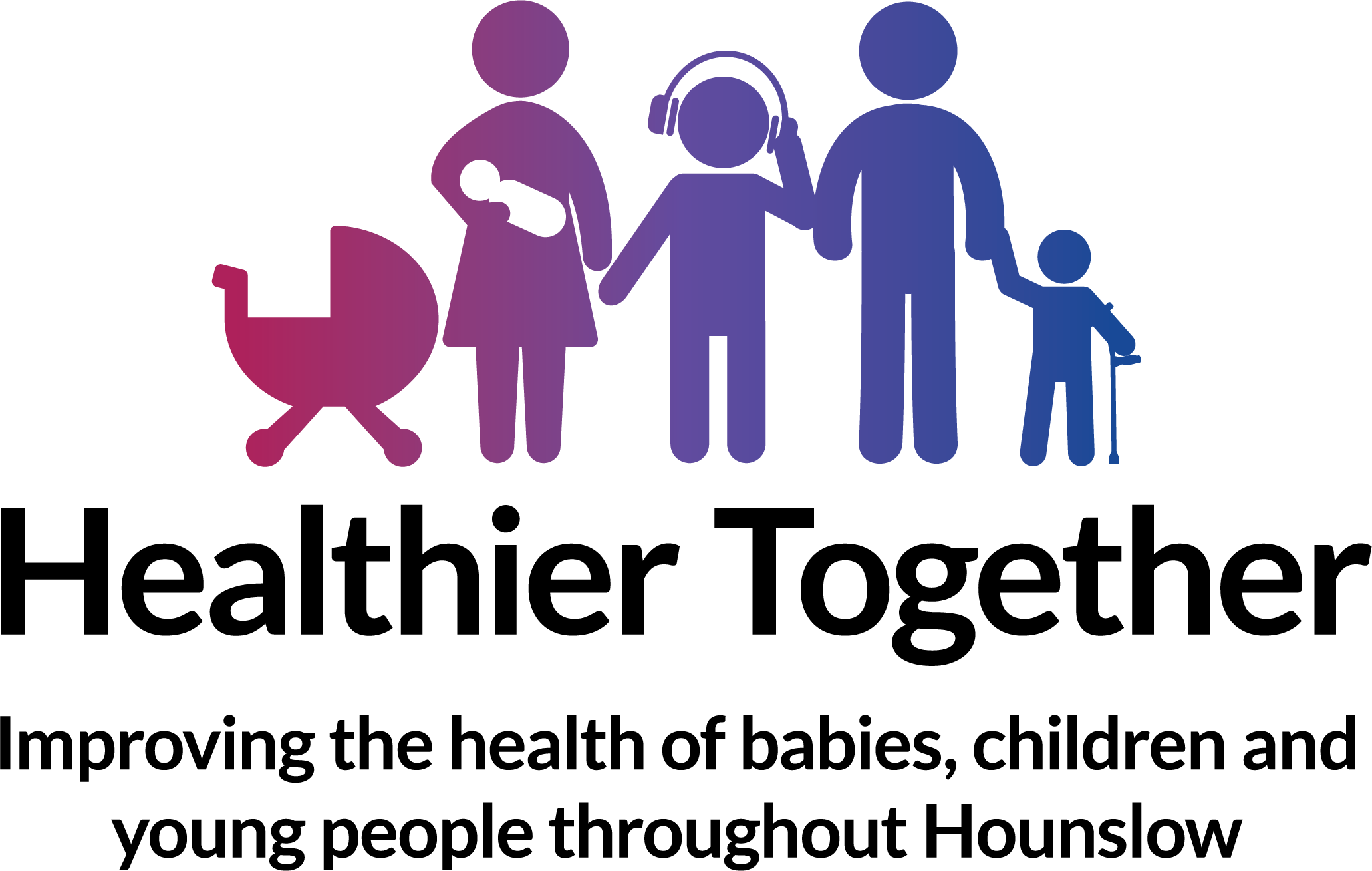Skin rashes are extremely common in babies and children. A skin rash associated with fever is most often due to a viral infection. This occurs along with other symptoms such as runny nose and cough. The rash can vary in shape and size,usually appearing as blotchy red spots commonly affecting most of the body. These rashes are called ‘non-specific’,which means that it is hard to say which specific virus is the cause.
For information on common rashes in babies and children, click here.
For more information on other types of rashes please visit the DermNet NZ website.


